New season garlic is here. Get chomping!
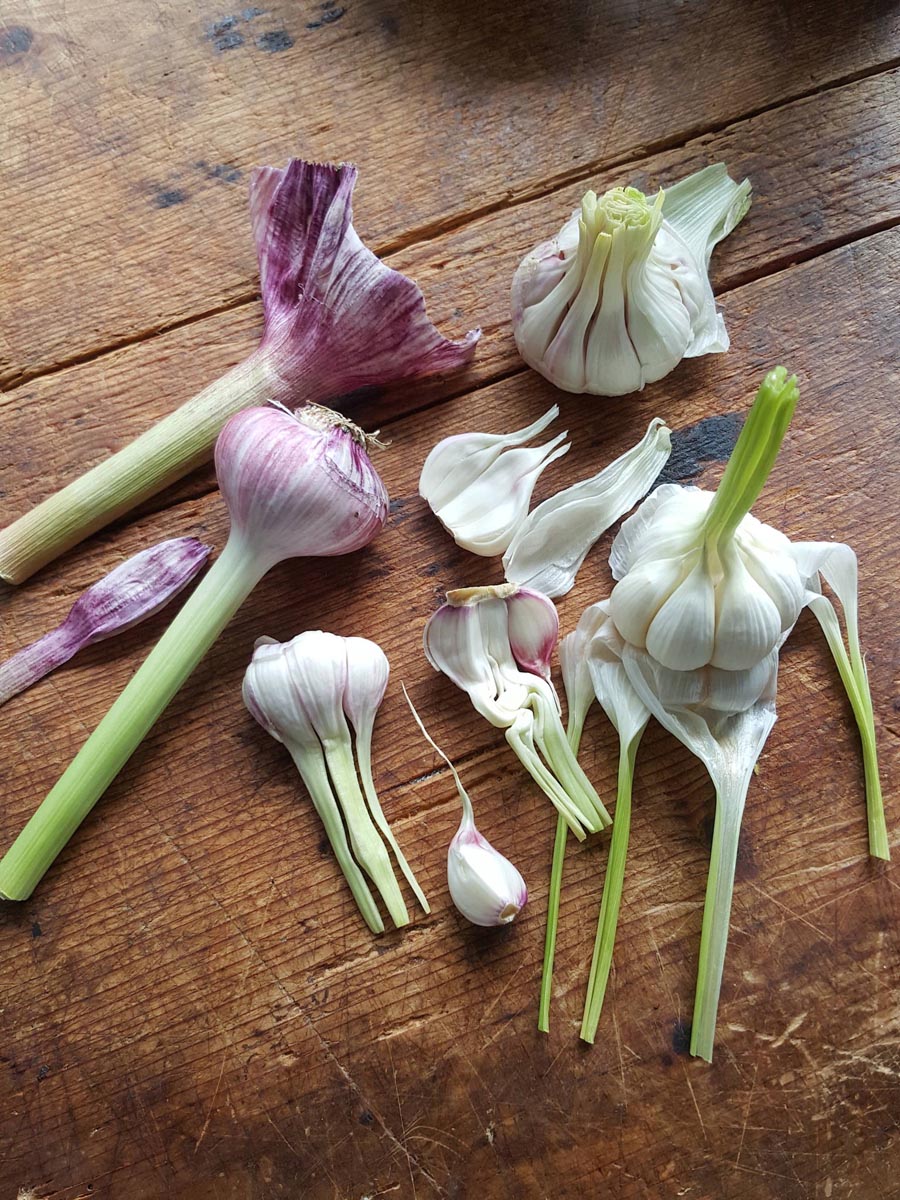
All your medicine in a pearly white clove: antiseptic, anti-inflammatory, antibiotic, anti-fungal, antioxidant = GARLIC.

All your medicine in a pearly white clove: antiseptic, anti-inflammatory, antibiotic, anti-fungal, antioxidant = GARLIC.
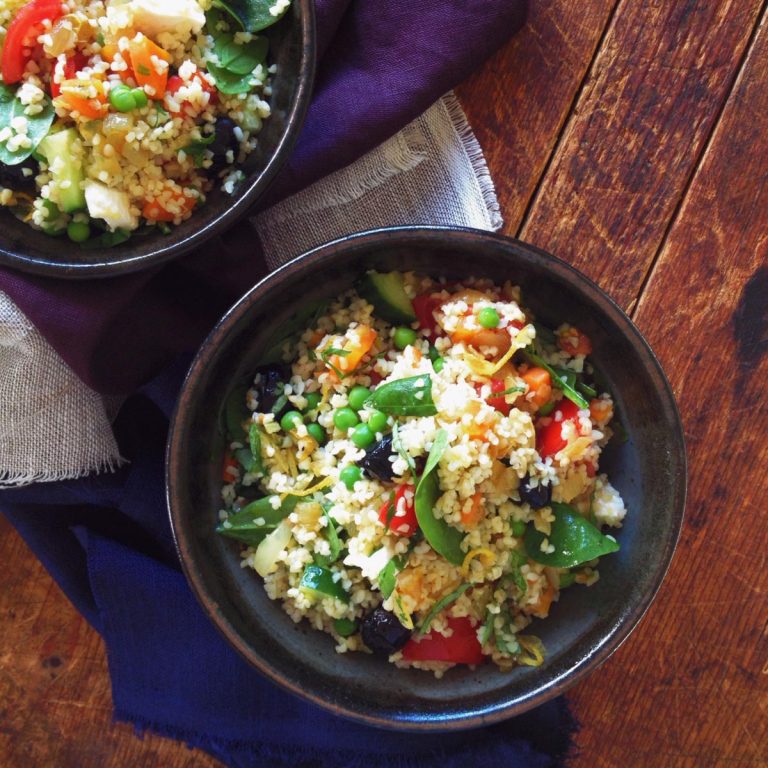
Burghul: so many uses and all delicious.
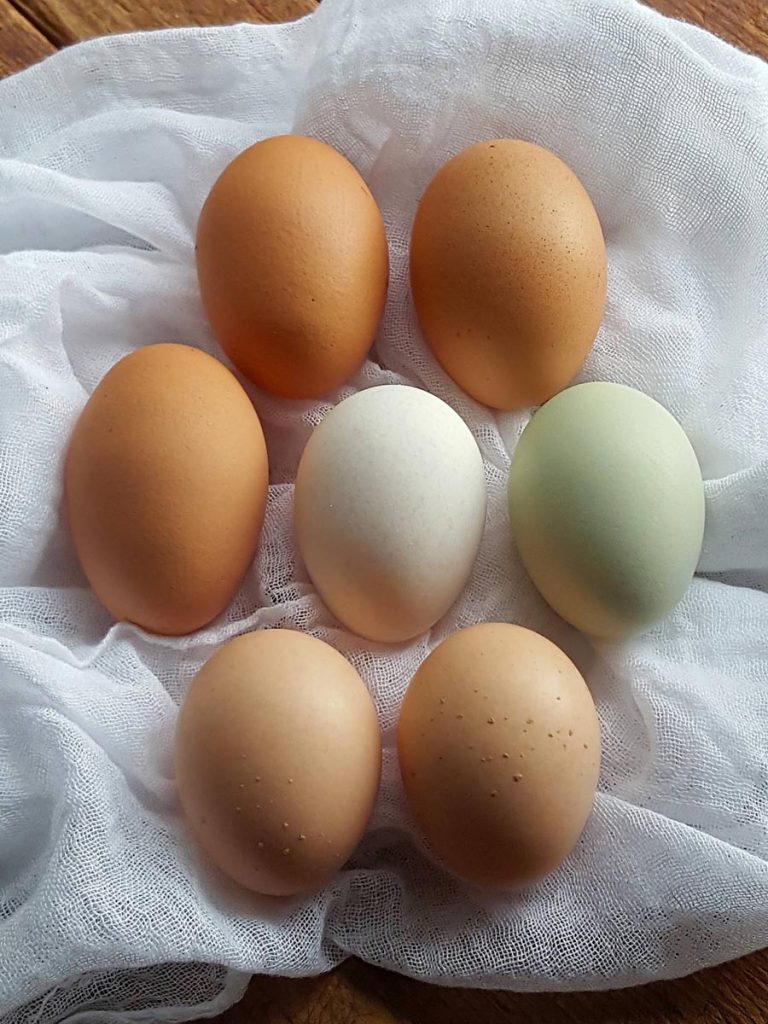
The sins that have been committed under the name frittata. Stop! No more please. Call what you bake in the oven in a cake tin a vegetable bake. Got it? Yaaaah!
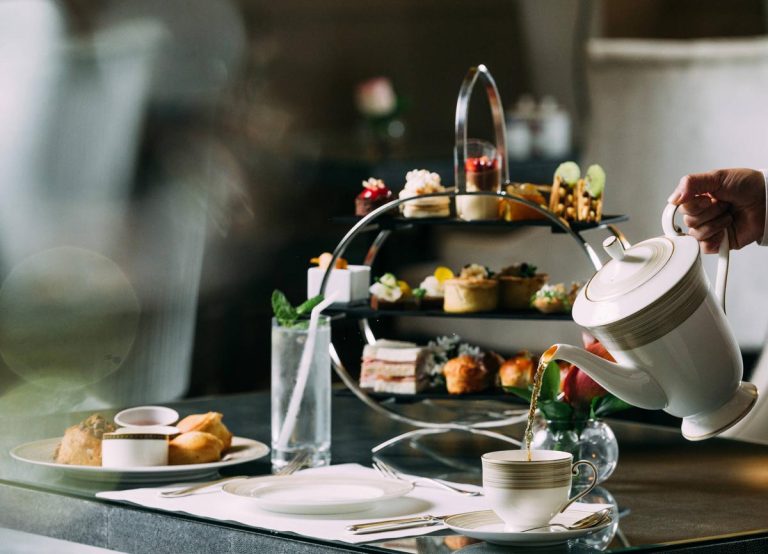
Cordis Hotels & Resorts is the new top-drawer global brand of the Langham Hospitality Group. Lucky for Auckland being one of the first in the group to have a hotel elevated to this level.
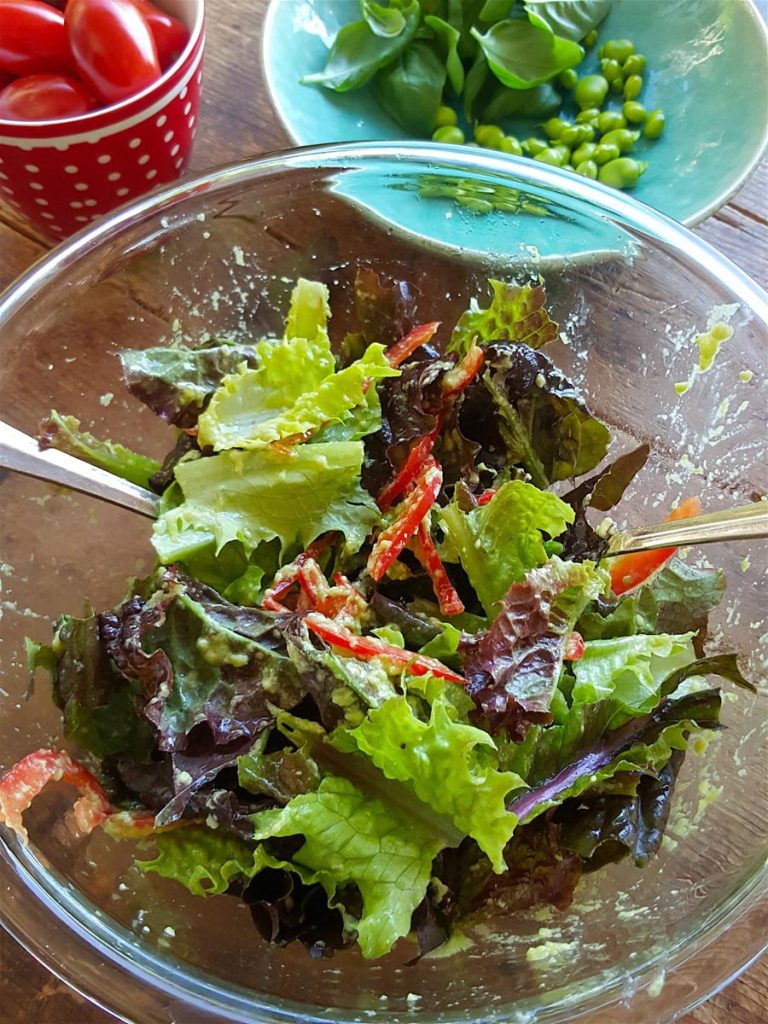
Squishy avocado? Add it to the dressing!
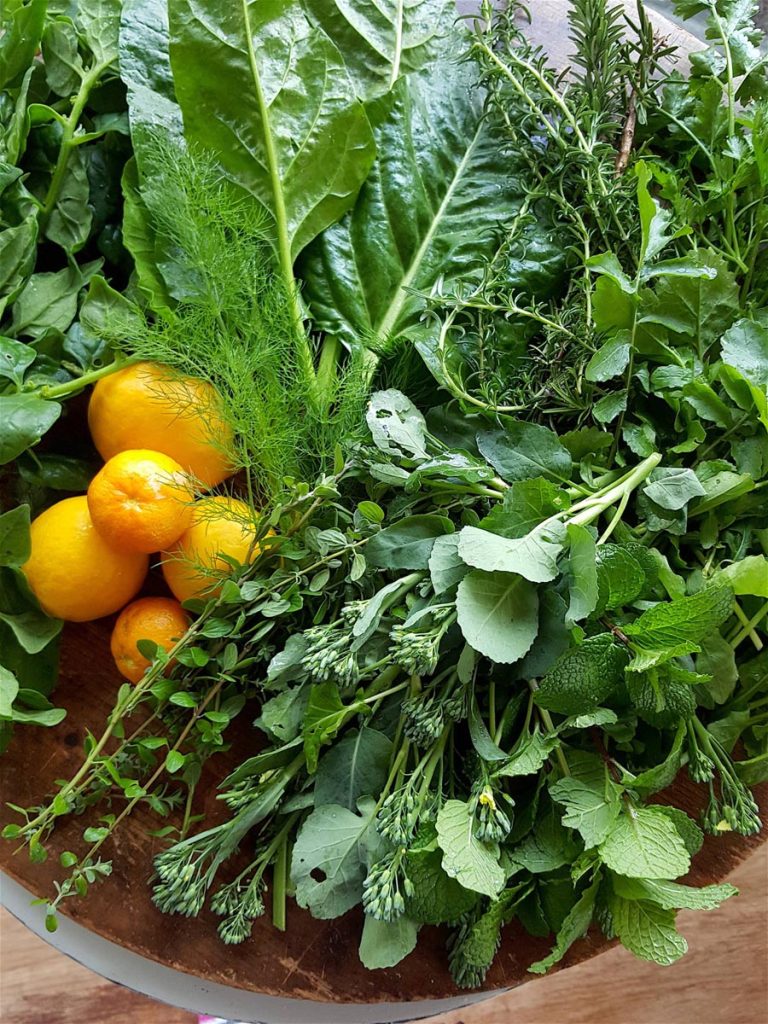
Scrumptious food and delicious wines – come and cook with Julie Biuso on Waiheke Island!
These are special days at Waiheke’s most gorgeous location, Sacred Blessing Sanctuary Gardens, where we pick organically grown produce, cook, feast, imbibe and enjoy.
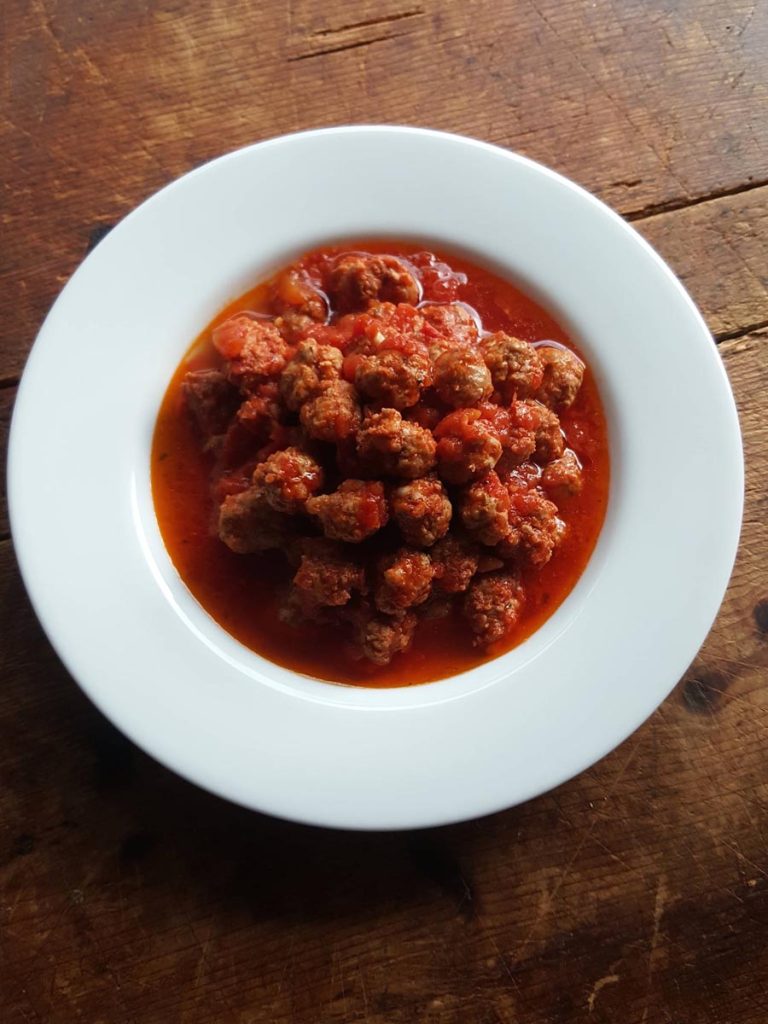
The most important point with mince is to use it fresh.
No products in the basket.
Welcome to the new Shared Kitchen experience! If you encounter any issues, please let us know. Dismiss